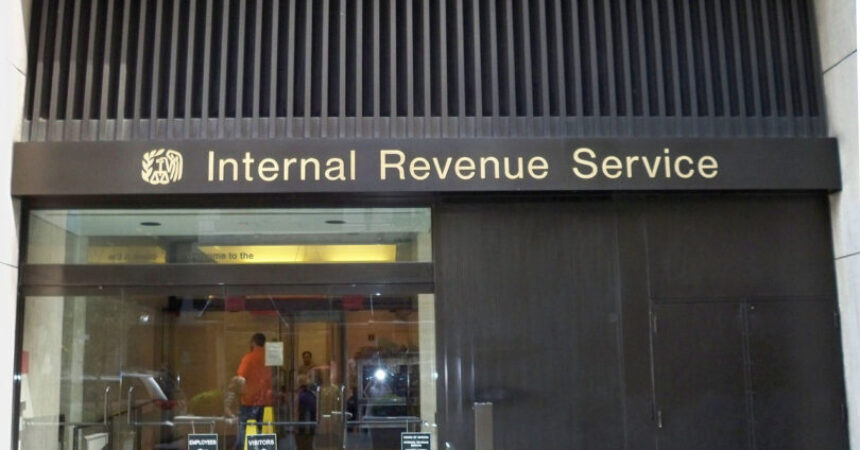
IRS unveils new tax brackets for 2023

Photo submitted
By Stacy M. Brown
NNPA Newswire Senior
National Correspondent
@StacyBrownMedia
The Internal Revenue Service has introduced updated income tax brackets pertinent to tax year 2023 and subsequent returns filed in 2024.
The brackets offer clarity to taxpayers regarding the classification of their income and the computation of taxable amounts. Notably, the IRS has raised the income thresholds for each bracket.
Married taxpayers with a combined income of $693,751 or higher will incur a tax liability of $186,601.50, plus 37 percent of the surplus over $693,750. Similarly, single taxpayers earning $578,126 or more will face a tax obligation of $174,238.25, coupled with 37 percent of the excess over $578,125, during the tax return process.
The standard deduction for 2023 has been raised, with married couples filing jointly now eligible for a deduction of $27,700, as opposed to the 2022 figure of $25,900. Single filers can claim $13,850, increasing from the $12,950 deduction in 2022.
Additionally, the IRS has revised figures for provisions such as the alternative minimum tax.
The revised guide delineates tax implications for individuals and couples across varying income brackets. For instance, couples with a combined income of $22,000 or less will be subjected to a 10 percent tax rate on their taxable income, mirroring the rate applicable to single individuals earning up to $11,000.
Conversely, at the upper echelons of income, married taxpayers earning $693,751 or more will be subject to a tax liability of $186,601.50, plus 37 percent of the amount exceeding $693,750. Similarly, single taxpayers with earnings of $578,126 or higher will owe $174,238.25, along with 37 percent of the excess over $578,125, when they complete their tax returns.
“As you prepare your tax return, it helps to understand how the tax law views your income and how to determine taxable income,” according to H&R Block.







